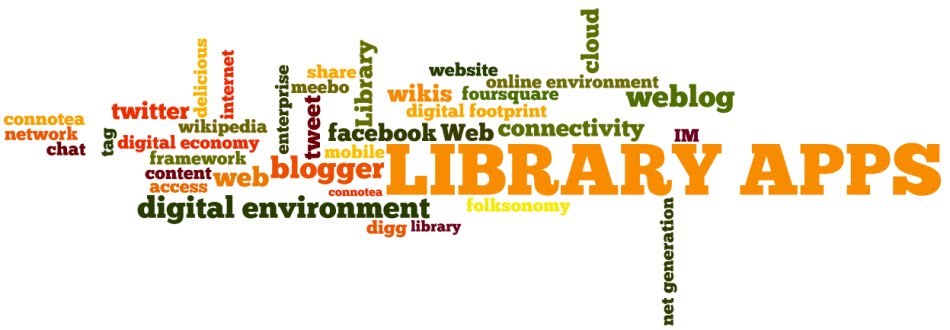As the acceptance of “Social Media” use has now moved past the “bandwagon” stage, the advice to give any organisation on developing a social media policy would be to implement the following five key benefits:
1. Set your expectations and the boundaries for behaviour.
As Fleet (2009) highlights, “it protects the organisation and the participant in what is acceptable or unacceptable.” This empowers both the organisation and the client, promoting authenticity and assisting with information to the members of that social media community. Policy statement advice can be directed on how comments will be moderated, and depending on the appropriateness will be responded to privately on any misinformation. This contains any inappropriate language or behaviours (spamming).
2. Privacy.
As Arendt (2009) aptly states, “privacy is something we all seem to want in some cases and all seem to be willing to give up in others.” Privacy policy implementation would entail users to protect personal, confidential & proprietary information. Lauby (2009) confirms this by saying that patients must not forward confidential information about themselves or others to the community.
3. Keeping to topics and themes on social media applications.
As Lauby (2009) notes as “the conversation has moved to the Web, it’s important for organisations large and small to acknowledge and extend their existing communications policies to include online sites.” This means that if a blog provides care and resources to a community, it would trust their clients in return to provide positive information and useful responses. A do as we do approach. Their core service or philosophy still stands for online communication.
4. Authentic information.
Clients or participants of the online community must respond with factual and referential information. Lauby (2009) says “your community shouldn’t be an environment where competition is encouraged or emphasized, but rather a platform where your customers or users feel comfortable sharing, connecting, and receiving help.”
5. Trust.
On the Social Biz website (N.B) it states that “employees should be trusted to communicate and develop relationships with customers.” This highlights that organizations must trust and rely on open and transparent communication.
Ref:
Arendt, A.M. (2009, November). Social Media Tools and the Policies Associated with Them. Best Practices in Policy Management Conference. Utah Valley University, Utah.
Fleet, D. (2009). Social Media Policies E-book. Available http://www.slideshare.net/davefleet/social-media-policies-ebook
Lauby, S. (2009, 27 April). Should Your Company Have a Social Media Policy? Mashable [blog post]. Retrieved from http://mashable.com/2009/04/27/social-media-policy/
Lauby, S. (2009, 6 February). 10 Must-Haves for Your Social Media Policy, Mashable [blog post]. Retrieved from http://mashable.com/2009/06/02/social-media-policy-musts/
Society for New Communications Research. (n.d.) Best practices for developing a social media policy. Retrieved from http://www.socialmedia.biz/social-media-policies/best-practices-for-developing-a-social-media-policy/
